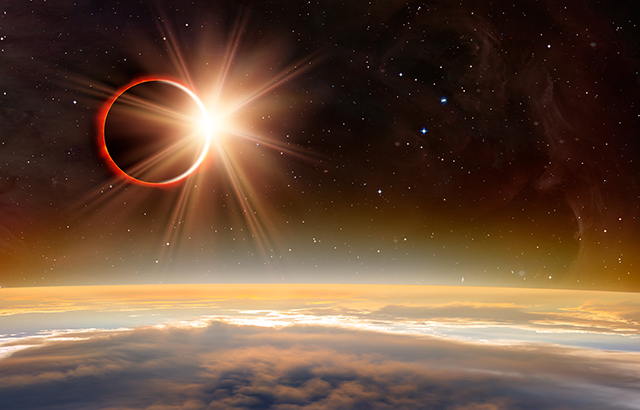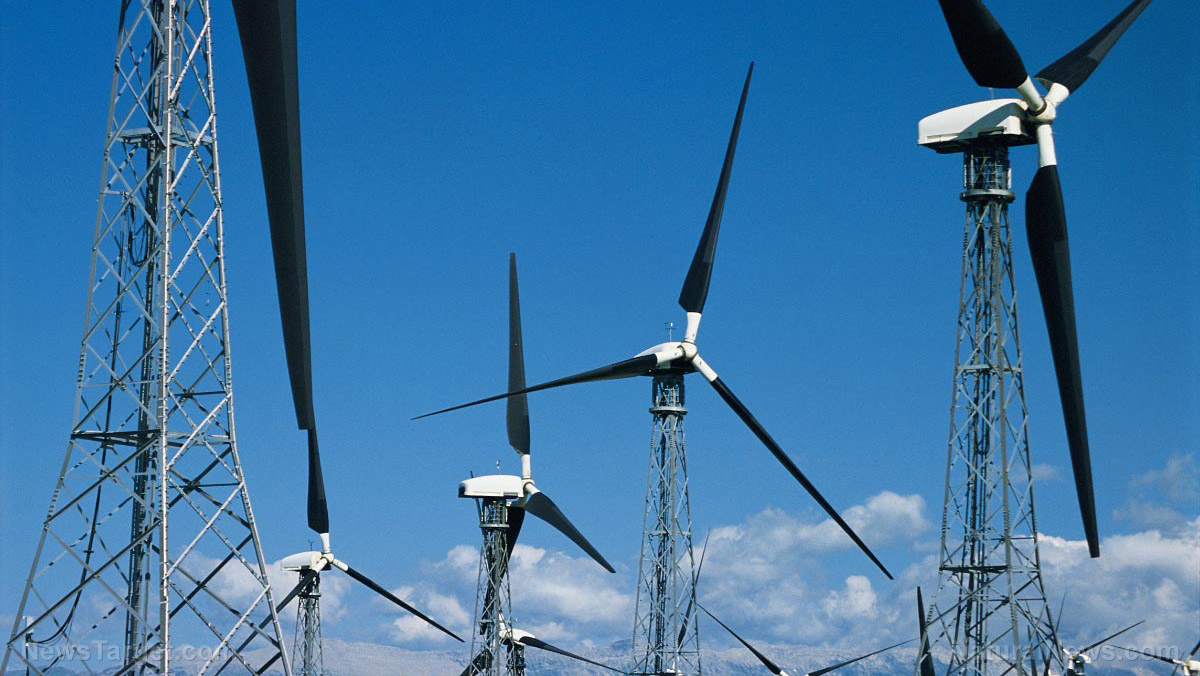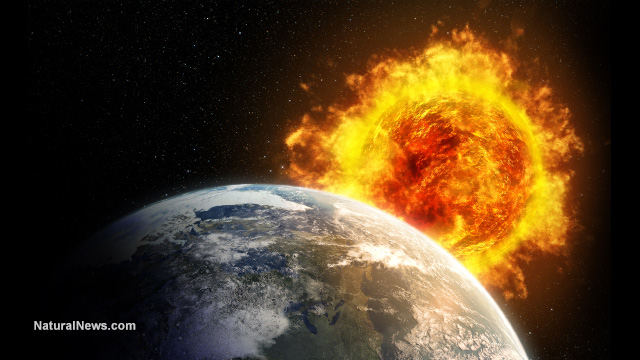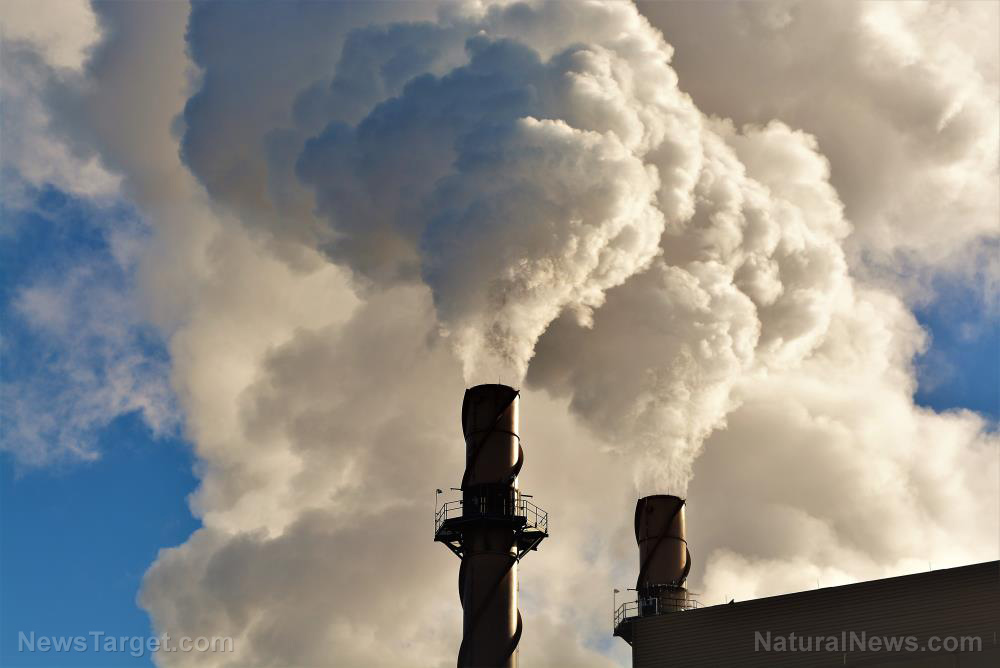Satellite data: No real increase in global warming for the last 23 years
02/15/2019 / By Tracey Watson

There is no question that global warming is a contentious issue. While many people have accepted it as established scientific fact, there are also many who adamantly insist that the rising and falling temperatures associated with climate change are simply part of the Earth’s natural cycles.
Now, a new study by climate scientists John Christy and Richard McNider of the University of Alabama-Huntsville, is sure to lead to even more heated discussions at dinner tables around the country.
The study, which was funded by the Department of Energy, found that if you remove the unusual heating and cooling effects caused by two major volcanoes – El Chichon in 1982 and Pinatubo in 1991 – from the satellite temperature record, it becomes clear that there has been virtually no change in the rate of warming in the past 23 years.
Christy explained that the volcanoes initially resulted in lower temperatures when soot, ash and debris in the atmosphere reflected sunlight back into space. This initial cooling was followed by higher temperatures in the years immediately following the eruptions. Christy believes that this caused what looked like a trend of warming caused by man-made emissions that was actually strictly caused by the volcanoes.
“While volcanic eruptions are natural events, it was the timing of these that had such a noticeable effect on the trend,” said Christy. “If the same eruptions had happened near the more recent end of the dataset, they could have pushed the overall trend into negative numbers, or a long-term cooling.”
The Daily Caller, quoting from the study, reported:
Christy and McNider found the rate of warming has been 0.096 degrees Celsius per decade after “the removal of volcanic cooling in the early part of the record,” which “is essentially the same value we determined in 1994 … using only 15 years of data.”
Like many other climate scientists, Christy has argued for years that climate models are incorrect and exaggerate the levels of global warming in the bulk atmospheres. These levels have been monitored by satellites since the latter part of the 1970s.
“We indicated 23 years ago — in our 1994 Nature article — that climate models had the atmosphere’s sensitivity to CO2 much too high,” Christy noted in a statement. “This recent paper bolsters that conclusion.”
Christy has been insisting for years that climate models predict too much warming in the lowest five miles of the atmosphere – known as the troposphere – and that they are too sensitive to increased carbon dioxide concentrations in the atmosphere.
“From our observations we calculated that value as 1.1 C (almost 2° Fahrenheit), while climate models estimate that value as 2.3 C (about 4.1° F),” Christy noted.
Several scientists have, in fact, admitted that the climate models run too hot, with climate scientist Ben Santer explaining that the “overestimation” was “partly due to systematic deficiencies in some of the post-2000 external forcings used in the model simulations.”
Nonetheless, there are many scientists who insist that the climate models are accurate, and who would also question this study’s removal of the volcano-caused temperature variances from the data. (Related: Over 31,000 scientists say global warming is a total hoax; now they’re speaking out against junk science.)
Still, this study is more proof that not all scientists accept catastrophic man-made global warming as a foregone conclusion, and that the science is far from settled.
Discover the truth about global warming at ClimateScienceNews.com.
Sources include:
Tagged Under: climate change, climate models, global warming, research, volcanic eruptions


















